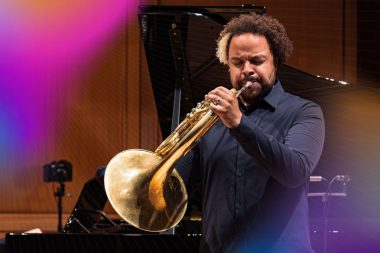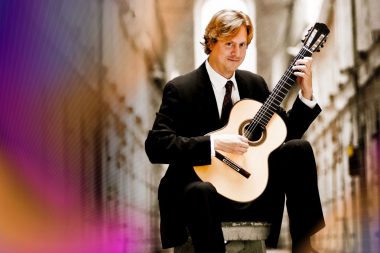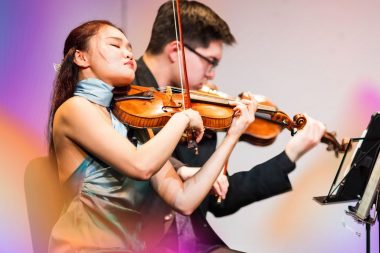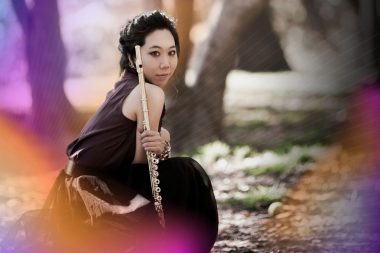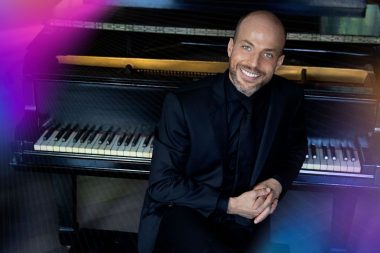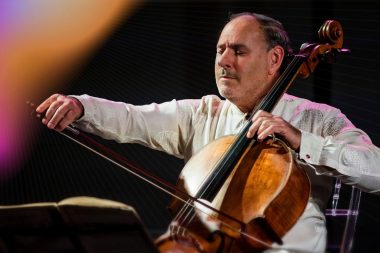Rachmaninoff: Sonata in G minor for Cello and Piano, Op. 19
Following the disastrous premiere of his Symphony No. 1 in 1897, Sergei Rachmaninoff (1873-1943) barely composed for three years. He finally sought help from the psychiatrist Nikolai Dahl in 1900, and after months of hypnotherapy he regained his confidence. He channeled his newfound energy into the Piano Concerto No. 2, a work he completed in 1901, with the score dedicated to his therapist.
Rachmaninoff’s next project was the Cello Sonata in G Minor, a work that benefited from his renewed self-assurance. The piano writing came out unusually rich and virtuosic for a cello sonata, as if Rachmaninoff still had traces of concerto writing in his head and hands. He performed the premiere himself, a month after the redemptive debut of the Second Piano Concerto.
The Cello Sonata begins with a pensive introduction, the rising phrases hanging like questions. The body of the movement strikes up a flowing Allegro moderato tempo, with the cello delivering the main theme over an arpeggiated accompaniment punctuated by forceful, staccato chords. The pace slows to an expressive Moderato tempo for the second theme, a bittersweet motive centered on D-major that the piano introduces alone before the cello rejoins.
Next an Allegro scherzando movement works through a range of ideas in C-minor; some of them come off as “joking” in a manner that befits the scherzando heading, while others are deadly serious. For the Andante movement, the piano again unveils the melody alone, and there is a strong tension between minor and major from the very first measure, rehashing an argument that flares up throughout this unflinching sonata.
The principal theme of the Allegro mosso finale is a swashbuckling, G-major affair in a triplet tempo, but that music must compete with a showstopper of a secondary theme—a passionate, Romantic outpouring that ranks among Rachmaninoff’s most affecting melodies.
Smetana: Trio No. 1 in G minor for piano, violin, and cello, Op. 15
A generation before Dvořák brought his native sounds out into the world, Bedřich Smetana (1824-1884) pioneered the idea of a Czech musical identity. Born in a small Bohemian castle town, Smetana came into his own as a composer at a time when his country was pushing back against Austrian political and cultural influence. Long before he composed the Czech-language operas that were his greatest legacy, he tried and failed at the career model of the touring piano virtuoso. As a fallback he established himself in Prague, opening a music institute and composing such works as the Piano Trio in G Minor (Op. 15), completed and debuted in 1855. Poor reviews of the trio from Prague’s critics (contrasted against a favorable response from Franz Liszt) factored into Smetana’s decision to take a teaching job in Sweden for the next seven years.
Composed after Smetana’s eldest daughter died of scarlet fever, the Piano Trio is unabashed in its intense feelings, setting all three movements in the key of G-minor. A fervent theme, first issued by unaccompanied violin, sets a brooding tone for the opening movement in a Moderato assai tempo. The faster middle movement functions as a scherzo, and its tempo instruction of “Fast but not agitated” ensures a lighter tone even within the dark key area of G-minor. Two sections that Smetana labeled Alternativo provide contrasting perspectives. The fiery finale interrupts itself with several tranquil interludes that waft in like sweet memories, while another passage mimics the grave strides of a funeral march, emphasizing the personal heartache that fueled this trio.



